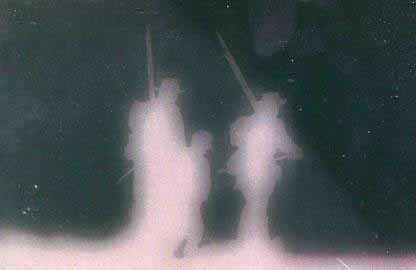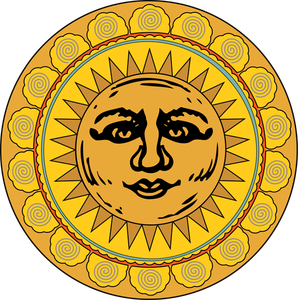
Haunting
Summer Solstice Battle
By
Pamela
K. Kinney
Only
19% visible;
the
solstice moon
looks
down
on
the battlefield.
Silence,
except
for crickets
in
the humid night.
From
both sides
comes
pale, wisps of
shades
on horseback
and
many on foot.
Noise
of battle erupting.
Out
of sync,
no
reality
Blue
against gray,
Union against
Confederate,
cannon
fire and guns blasting.
Their
ectoplasmic war began late,
All
due to the
longest
day
of
the year
Dawn,
the
cock crows
and
phantoms
vanish
with the sun.
Until
the next night…

Now for some facts on the upcoming Summer Solstice:
Solstice comes from the
Latin words
The Northern Hemisphere has
the longest day of the year in terms of daylight; the June Solstice is also
called the
The sun reaches its northern-most
position, as seen from the Earth. At that moment, its zenith does not move
north or south as during most other days of the year, but stands still at the
Tropic of Cancer. It then reverses its direction, moving south again.
June Solstice happens at
the same time all over the world, at the exact instant of time when the Sun is
directly overhead the Tropic of Cancer. In 2016, this will happen on June 20 at
22:35 UTC.
The earliest sunrise doesn’t
happen on this day either. The earliest sunrise happens a few days before and
the latest sunset takes place a few days after the June Solstice.
No comments:
Post a Comment